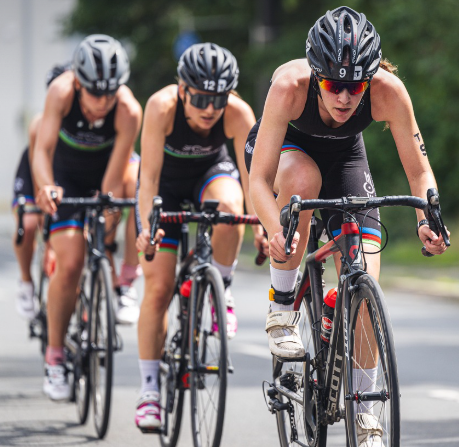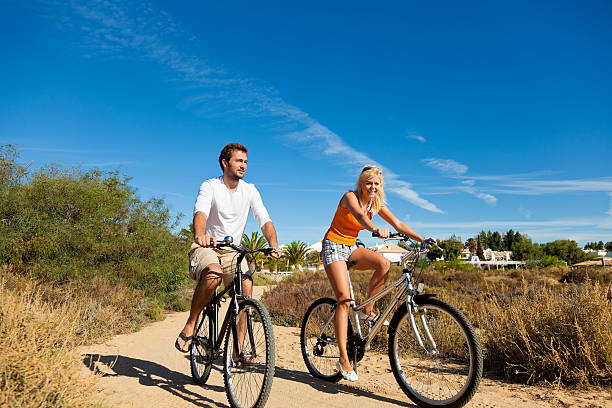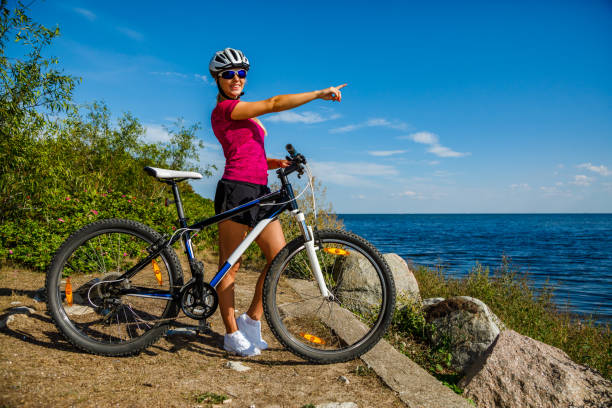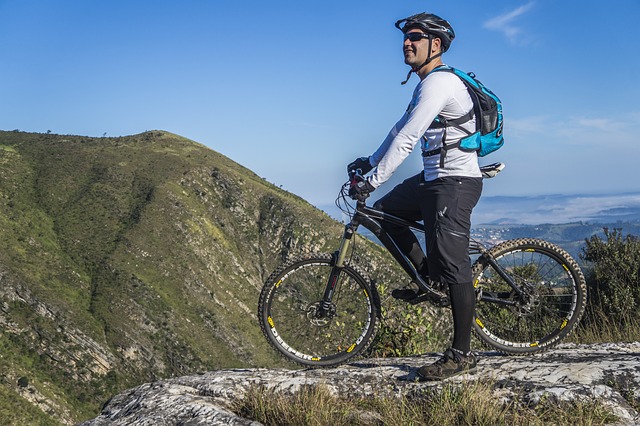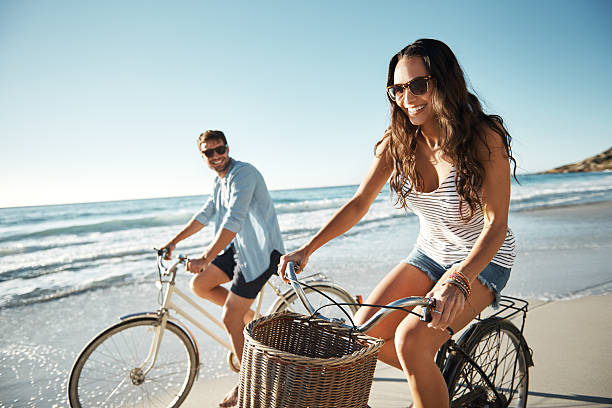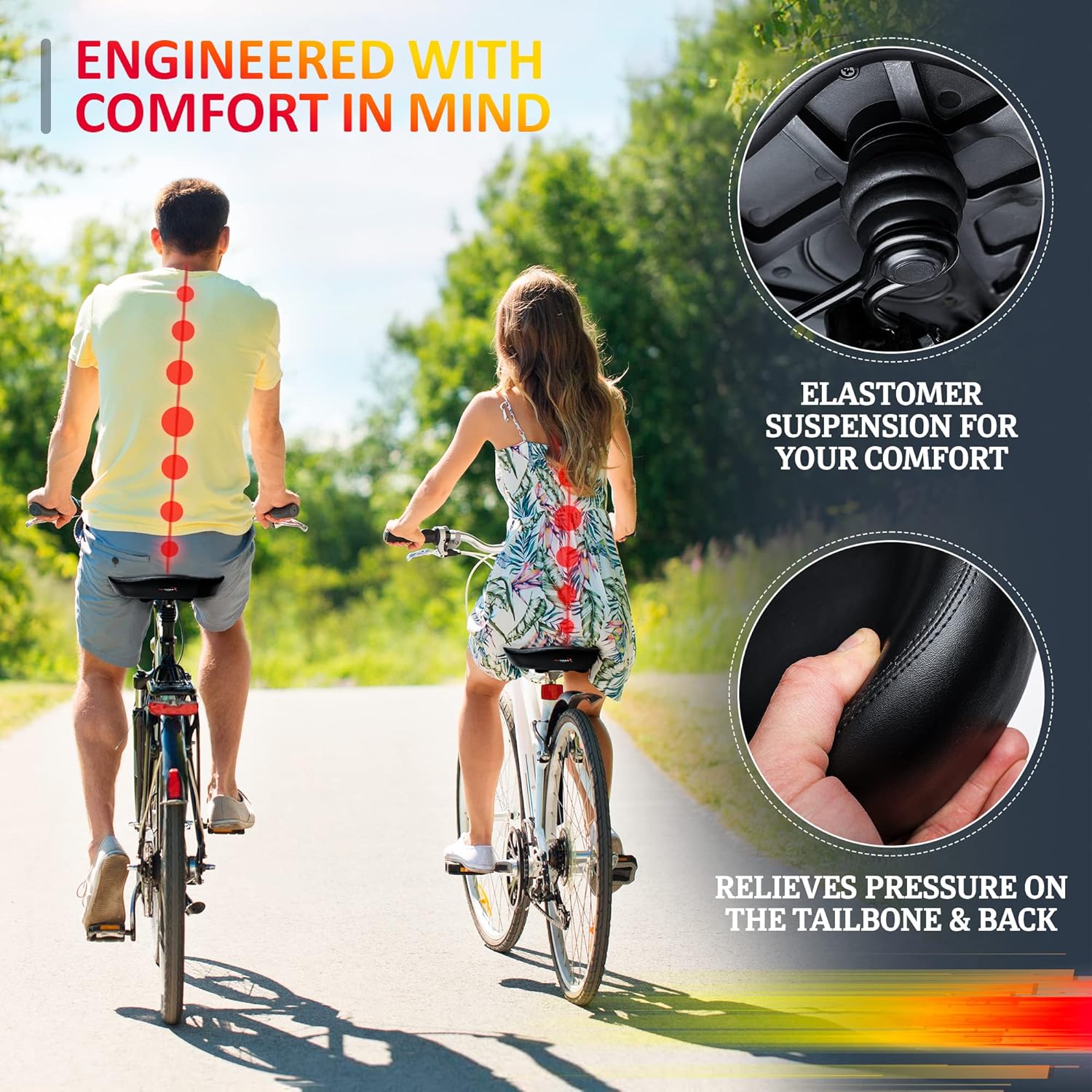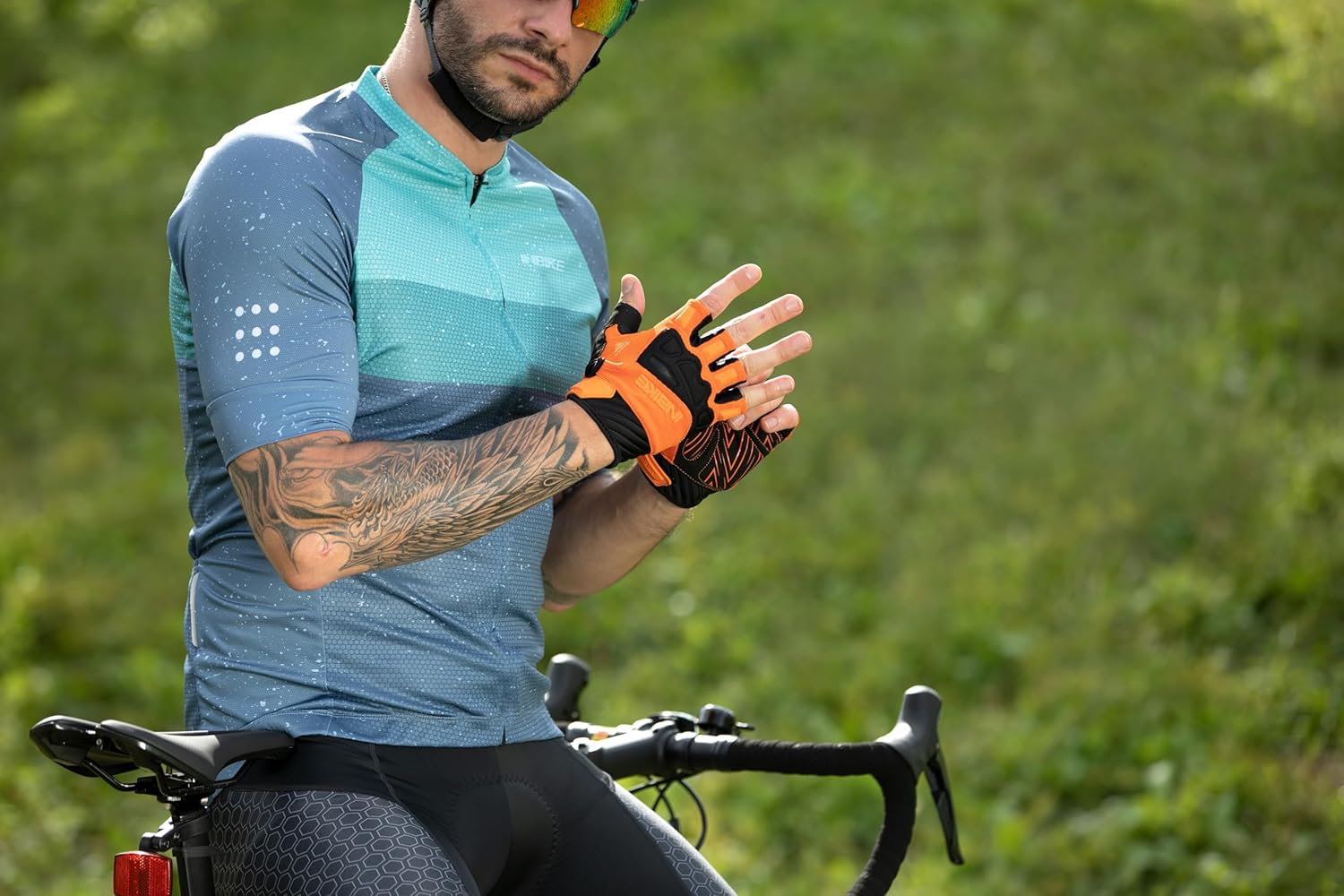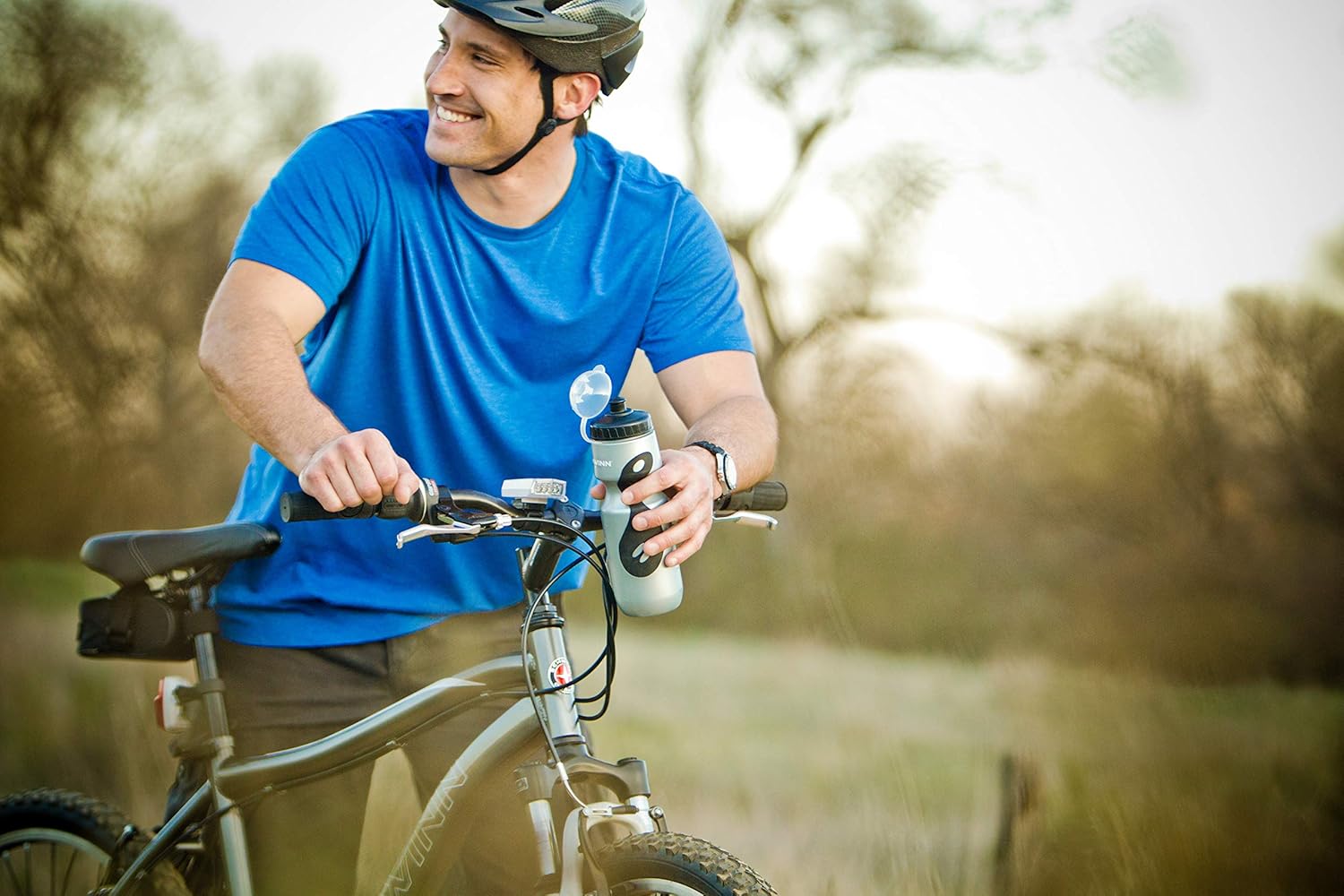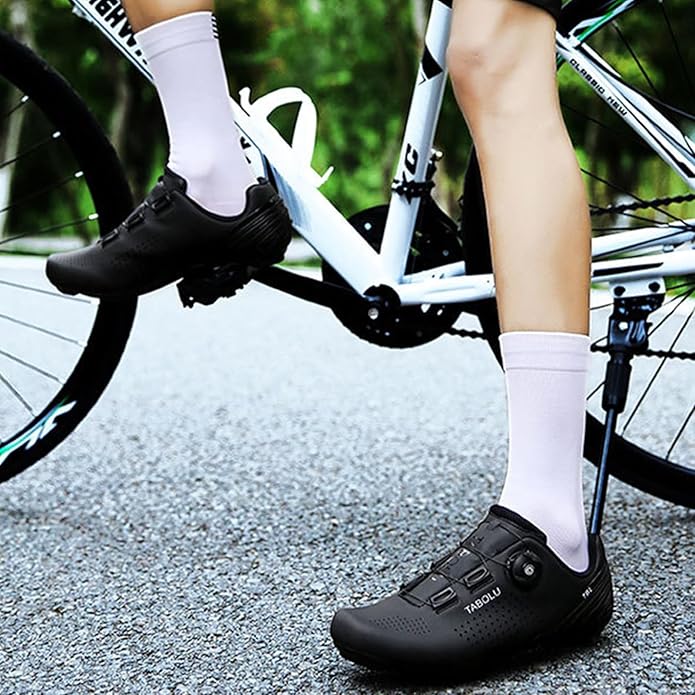Introduction
The best bicycles for a long-distance touring adventure is one of the most rewarding ways to explore the world on two wheels. Whether traversing scenic landscapes, navigating bustling city streets, or tackling challenging terrains, the right bicycle can make all the difference in your experience. In this ultimate guide, we’ll dive into everything you need to know about selecting the best bicycle for long-distance touring. Everybody can use this bike as much as man. Sometimes they are confused by the best bicycles for long-distance touring. For this reason, we provide them with a list of stylish best bicycles for long-distance touring, So that they can make better decisions about buying a bicycle. If you are a beginner, you should read the article and visit our website for more information.
Understanding Best Bicycles for Long Distance Touring.
Long-distance visiting is an interesting and exciting way to encounter the world by bicycle. It involves traveling significant distances over an extended period, often through diverse landscapes and varying terrains. Unlike recreational cycling, which may focus on shorter rides or fitness, long-distance touring emphasizes exploration, adventure, and self-sufficiency.
Definition of Long-Distance Touring.
Long-distance touring typically refers to rides that span multiple days, weeks, or even months, covering anywhere from 50 to 100 miles (or more) each day. Cyclists often carry all their necessary gear, including food, water, clothing, and camping equipment, allowing them to be self-reliant while on the road.
Differences Between Touring and Regular Cycling.
While both touring and regular cycling involves riding a bike, the purposes and approaches differ significantly:
- Purpose: Regular cycling may focus on fitness, commuting, or leisure, whereas touring centers on exploration and adventure.
- Duration: Touring involves extended trips, while regular cycling usually consists of shorter, more casual rides.
- Equipment: Touring bikes are equipped for carrying loads and navigating various terrains, whereas regular bikes may prioritize speed or agility.
Benefits of Long-Distance Cycling.
Engaging in long-distance touring offers numerous benefits, including:
- Physical Fitness: Riding long distances improves cardiovascular health, strengthens muscles, and enhances overall fitness.
- Mental Well-Being: The rhythm of pedaling and the connection to nature can promote relaxation and reduce stress.
- Cultural Experiences: Touring allows cyclists to immerse themselves in local cultures, interact with diverse communities, and discover hidden gems off the beaten path.
- Adventure and Freedom: There’s an undeniable thrill in exploring new places at your own pace, with the freedom to change routes and make spontaneous decisions.
Understanding the best bicycles for long-distance touring is the first step toward planning your adventure. By appreciating the nuances and benefits of this unique cycling experience, you can better prepare for the journey ahead. Whether you’re a seasoned cyclist or a newcomer, the open road awaits, and the possibilities are endless!
Key Features to Consider The Best Bicycles for Long Distance Touring
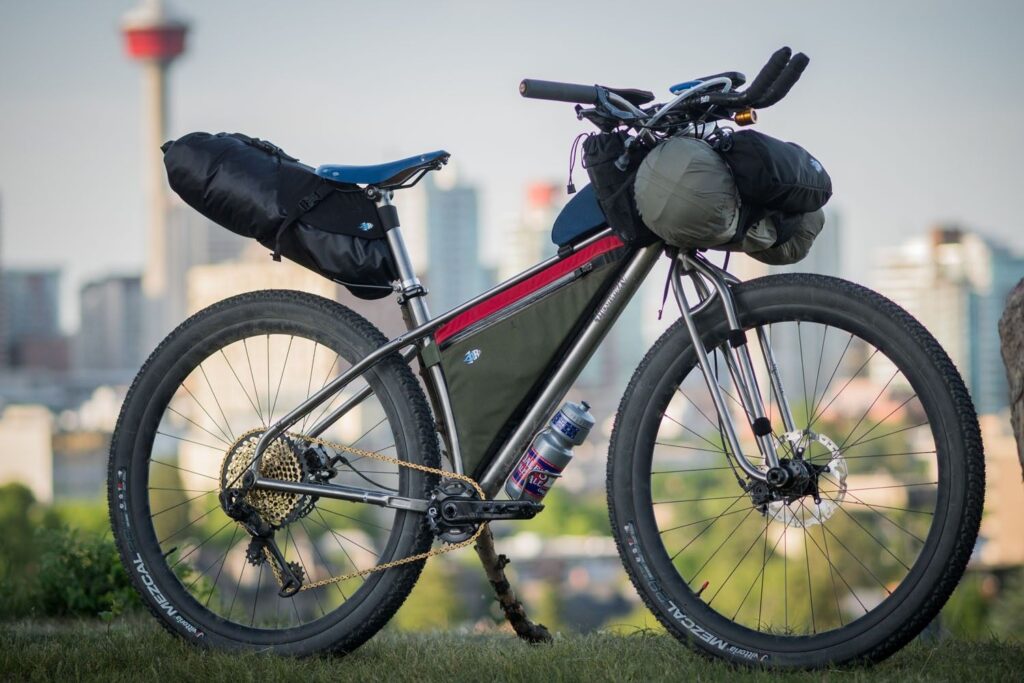
Choosing the right bicycle for long-distance touring is essential for ensuring comfort, safety, and efficiency on your journeys. Here are the key features to consider when selecting the best bicycles for long-distance touring:
1. Frame Material
The outline fabric altogether impacts the bike’s weight, solidness, and ride quality. Common options include:
- Steel: Known for its strength and comfort, steel absorbs vibrations well, making it ideal for long rides. It’s also easily repairable, which is a plus for touring.
- Aluminum: Lightweight and affordable, aluminum offers a stiff ride and good responsiveness. However, it may not provide the same comfort level as steel on long journeys.
- Carbon Fiber: While lightweight and high-performing, carbon fiber can be expensive and is less durable in the event of crashes or rough handling.
- Titanium: The gold standard for durability and comfort, titanium is lightweight and resistant to corrosion, though it typically comes with a higher price tag.
2. Geometry and Fit
A proper fit is crucial for long-distance comfort. Touring bicycles often feature:
- Relaxed Geometry: A more upright riding position reduces strain on your back and neck, which is beneficial for long hours in the saddle.
- Adjustability: Look for bikes with adjustable components like the seat and handlebars to customize your fit as needed.
3. Wheels and Tires
The wheels and tires play a vital role in performance and comfort:
- Wheel Size: Common sizes include 26-inch and 700c. Larger wheels (700c) roll faster and handle better on pavement, while 26-inch wheels are more robust and easier to find replacements in remote areas.
- Tire Width: Wider tires (at least 32mm) provide better stability, traction, and comfort, particularly on varied terrains. They can also accommodate higher air pressure for smoother rides.
4. Gear System
A reliable gear system is essential for tackling various terrains:
- Derailleur Gears: Offer a wide range of gears for climbing hills and navigating flat roads.
- Internal Hub Gears: Provide low maintenance and smooth shifting, especially useful in adverse weather conditions. However, they may have a limited gear range.
5. Brakes
Braking systems are crucial for safety and control, especially when carrying a load:
- Disc Brakes: Provide consistent stopping power in all weather conditions and are less affected by rim wear. Ideal for heavier loads and steep descents.
- Rim Brakes: For the most part lighter and less demanding to keep up but can be less successful in damp conditions.
By considering these key features, you can find a touring bicycle that meets your needs and sets you up for an enjoyable and successful long-distance adventure. Happy cycling!
Top Bicycles for Long Distance Touring
When it comes to long-distance touring, selecting the right bicycle can make all the difference in your comfort and overall experience. Here’s a curated list of some of the best bicycles for long-distance touring, highlighting their key features and benefits.
1. Surly Long Pull Trucker Best Bicycles for Long Distance Touring
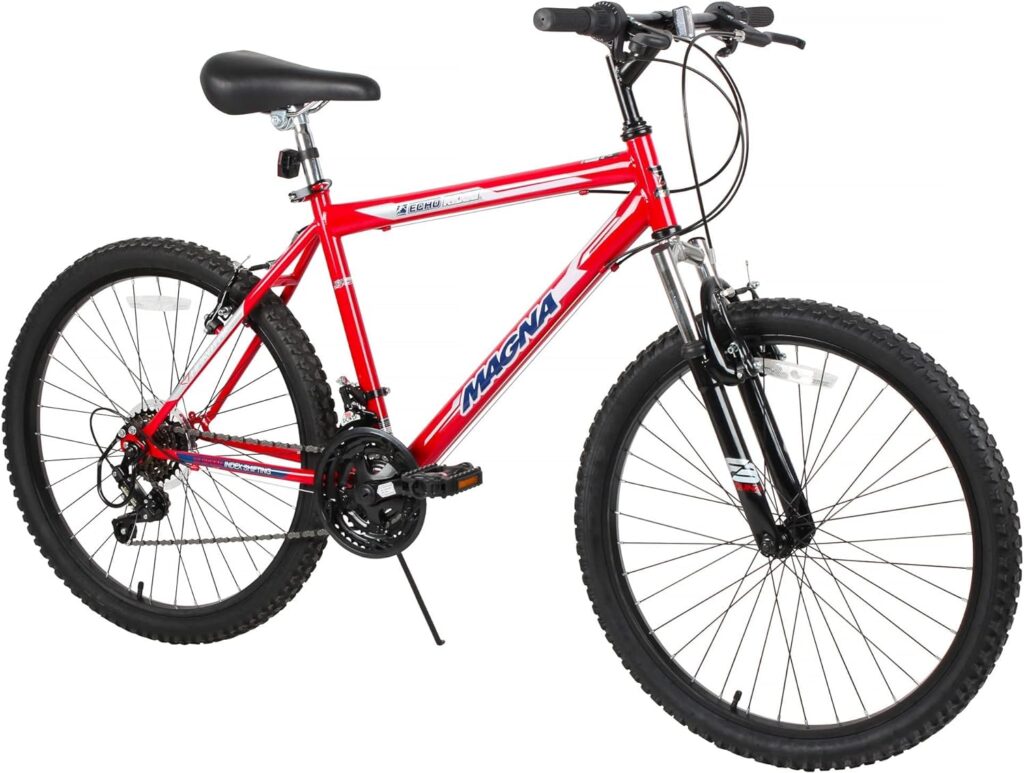
- Frame Material: Steel
- Geometry: Relaxed touring geometry for comfort
- Wheels: 26-inch wheels, great for rugged terrain
- Gearing: Available in both 1x and 2x setups for versatile gearing options
- Cargo Capacity: Designed with multiple rack and fender mounts
The Surly Long Haul Trucker is a favorite among touring cyclists for its durability and comfort. Its steel frame absorbs road vibrations, making it ideal for long rides, while its sturdy design can handle heavy loads.
2. Trek 520 Best Bicycles for Long Distance Touring
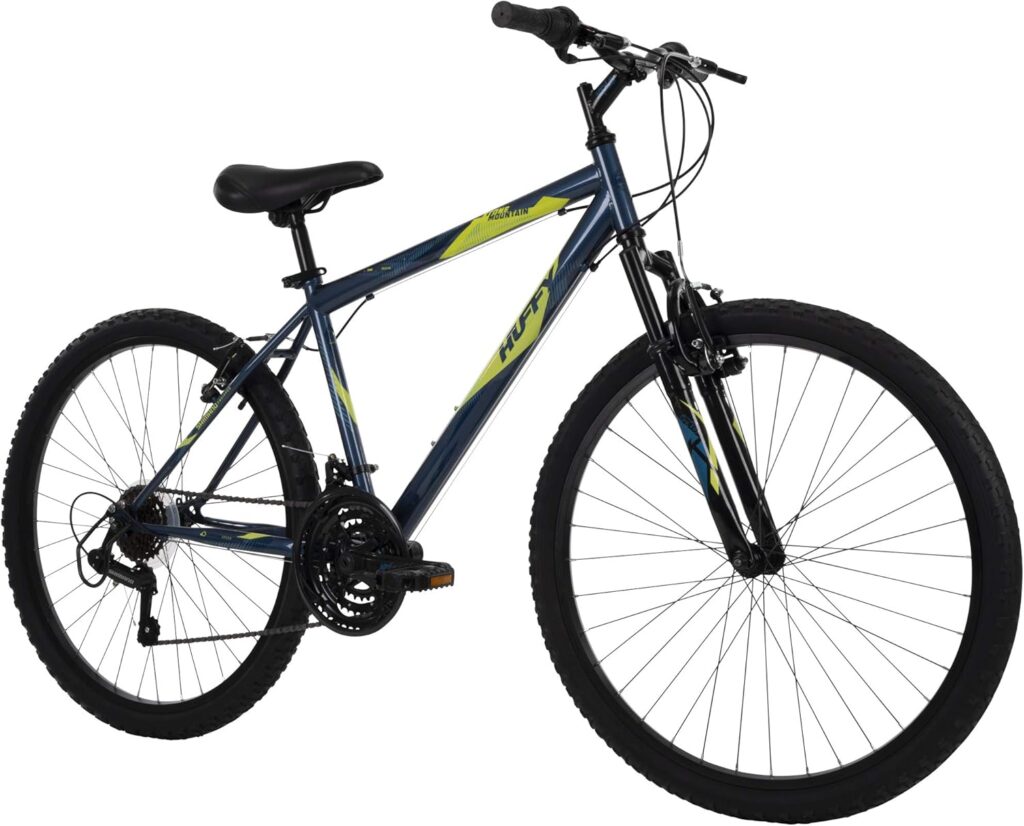
- Frame Material: Steel
- Geometry: Endurance geometry for a comfortable ride
- Wheels: 700c wheels for better speed on paved surfaces
- Gearing: Shimano drivetrain with a wide gear range
- Cargo Capacity: Equipped with a rear rack and multiple mounting points
The Trek 520 has been a staple in the touring community for years. Its classic design and reliable components make it an excellent choice for those looking to tackle long distances with confidence.
3. Cannondale Topstone Best Bicycles for Long Distance Touring
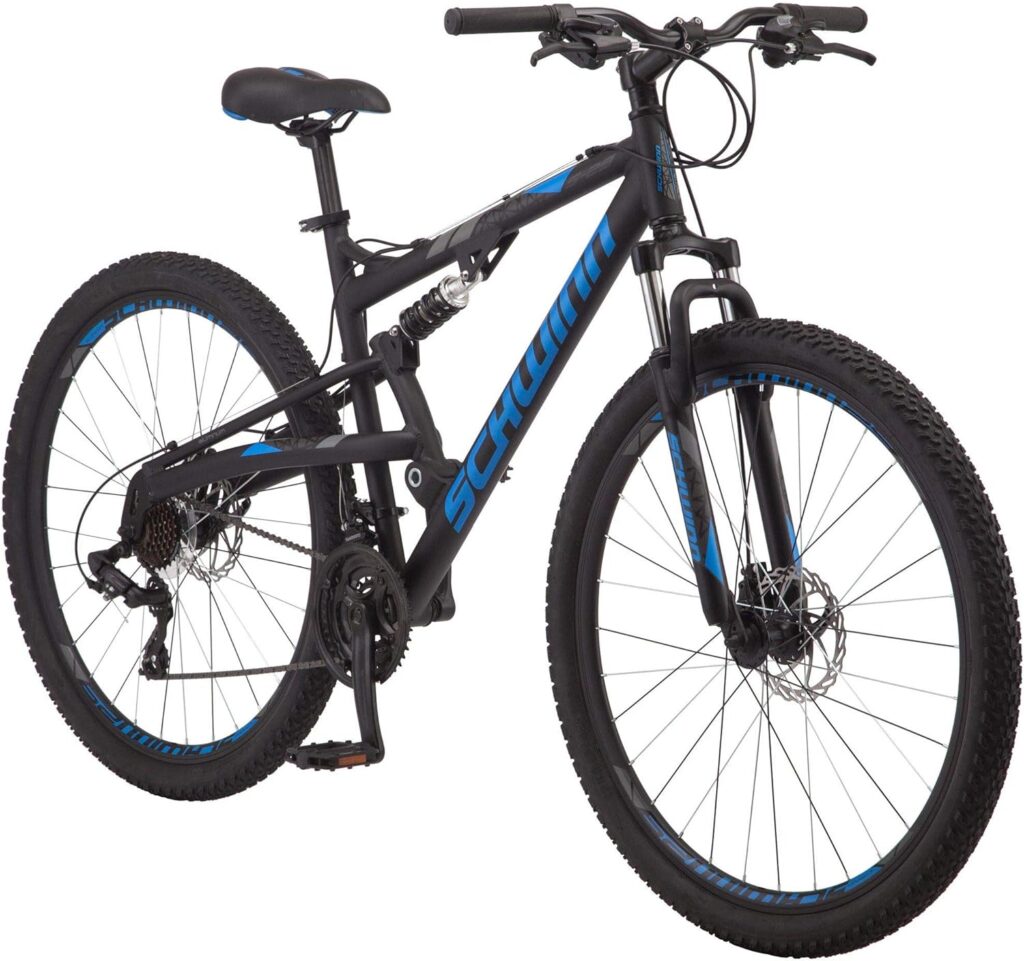
- Frame Material: Aluminum or carbon options
- Geometry: Comfortable, upright riding position
- Wheels: 700c wheels with wider tire clearance
- Gearing: Shimano GRX groupset for optimal performance on varied terrains
- Cargo Capacity: Compatible with racks and fenders for added storage
The Cannondale Topstone is a versatile bike that excels in both touring and gravel riding. Its innovative design and lightweight frame make it a great option for cyclists who want to explore diverse routes.
4. Specialized Diverge Best Bicycles for Long Distance Touring
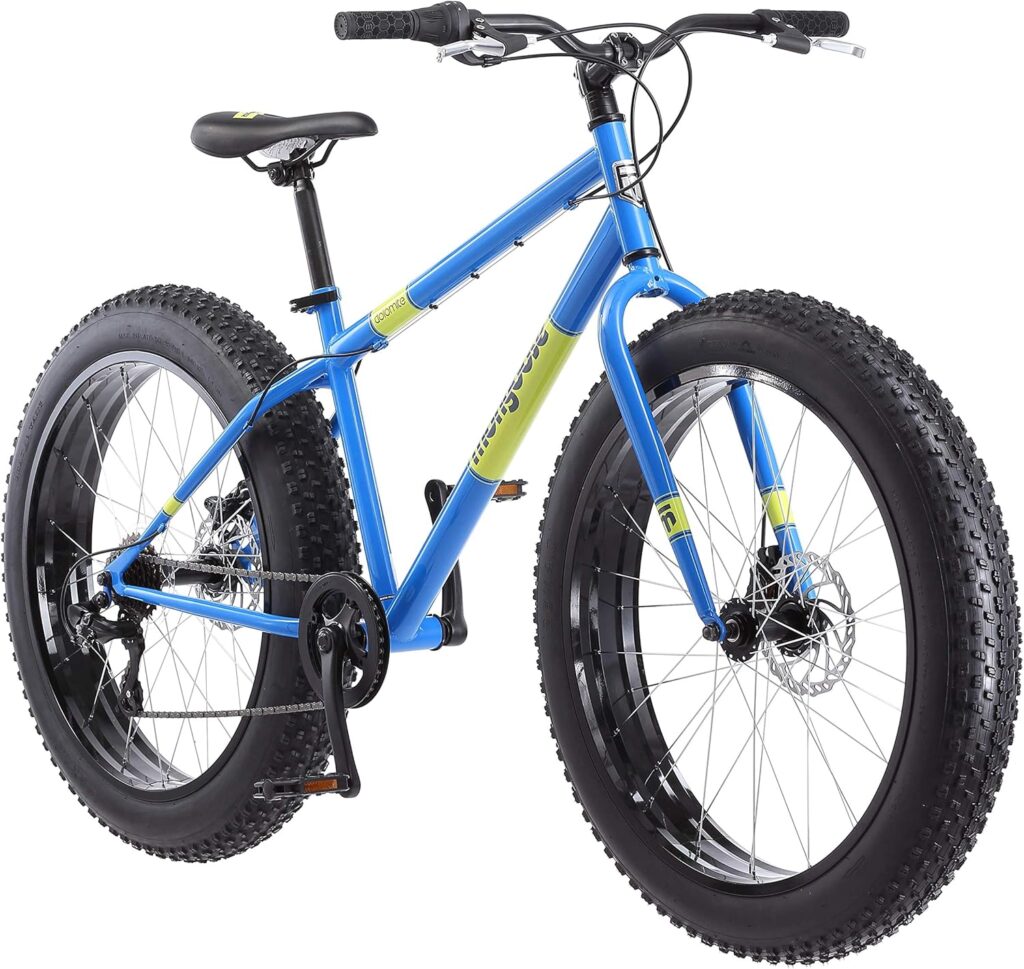
- Frame Material: Aluminum or carbon options
- Geometry: Progressive geometry for stability and comfort
- Wheels: 700c wheels with plenty of tire clearance
- Gearing: Specialized Future Shock for improved handling and comfort
- Cargo Capacity: Integrated mounts for racks and fenders
The Specialized Diverge is designed for adventure. With its rugged frame and ability to handle various terrains, it’s perfect for cyclists who want to go off the beaten path while still enjoying the benefits of a touring bike.
5. Co-Motion Pangea Best Bicycles for Long Distance Touring

- Frame Material: Steel
- Geometry: Tailored geometry for comfort and stability
- Wheels: 26-inch wheels for durability
- Gearing: Customizable drivetrain options
- Cargo Capacity: Extensive mounting options for racks and fenders
The Co-Motion Pangea is a premium touring bike designed for serious adventurers. Its customizable options and robust construction make it ideal for the best bicycle for Long Distance Touring, whether on paved roads or rugged trails.
6. Fuji Visiting Best Bicycles for Long-Distance Touring
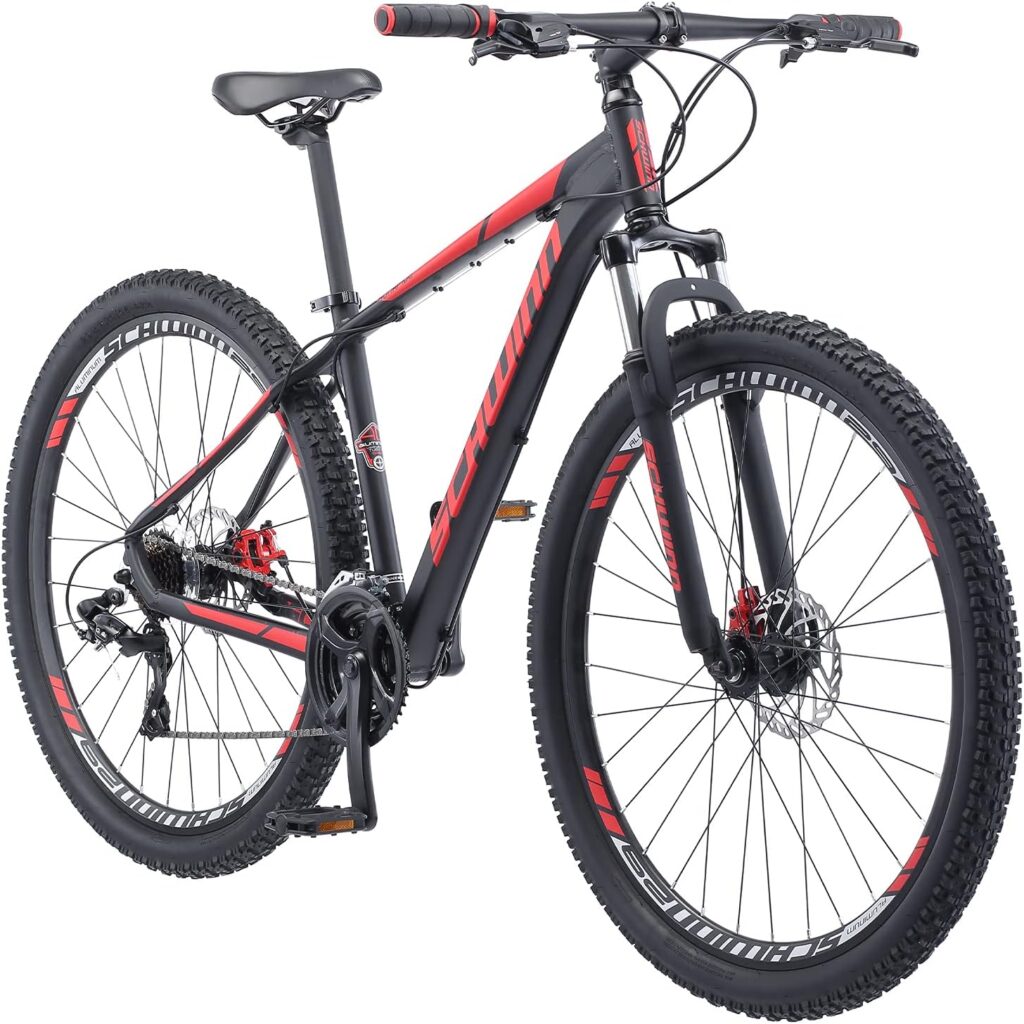
- Frame Material: Steel
- Geometry: Comfort-oriented design for long rides
- Wheels: 700c wheels
- Gearing: Shimano 27-speed drivetrain for climbing efficiency
- Cargo Capacity: Integrated rack and mounts for panniers
The Fuji Touring bike is known for its affordability without sacrificing quality. It’s equipped to handle the demands of long-distance travel, making it a great choice for budget-conscious cyclists.
7. Salsa Marrakesh Best Bicycles for Long Distance Touring
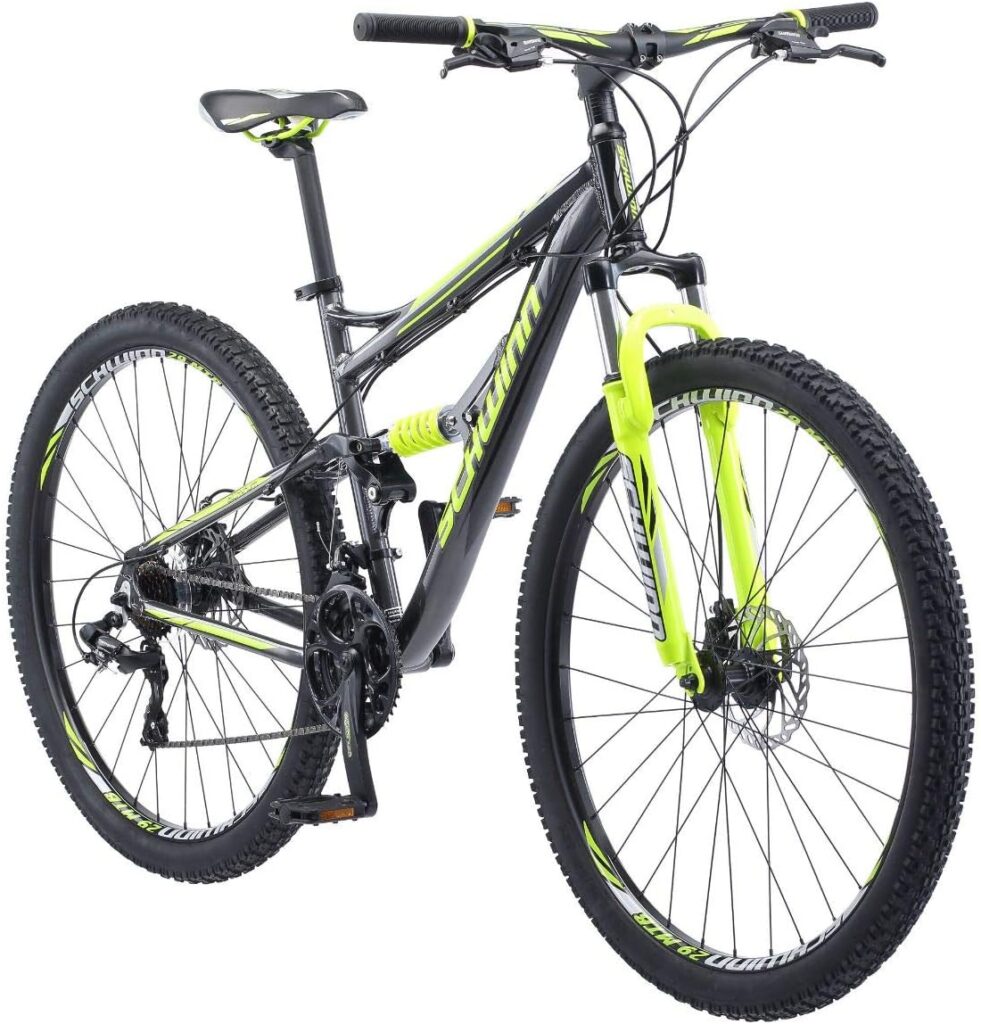
- Frame Material: Steel
- Geometry: Relaxed geometry for comfort
- Wheels: 700c wheels for smooth rolling
- Gearing: Wide range of gears for tackling hills
- Cargo Capacity: Designed for heavy loads with multiple mounting points
The Salsa Marrakesh is built for adventure and offers excellent stability and comfort. It’s perfect for those looking to explore diverse landscapes and carry all their gear.
Essential Accessories of The Best Bicycles for Long Distance Touring
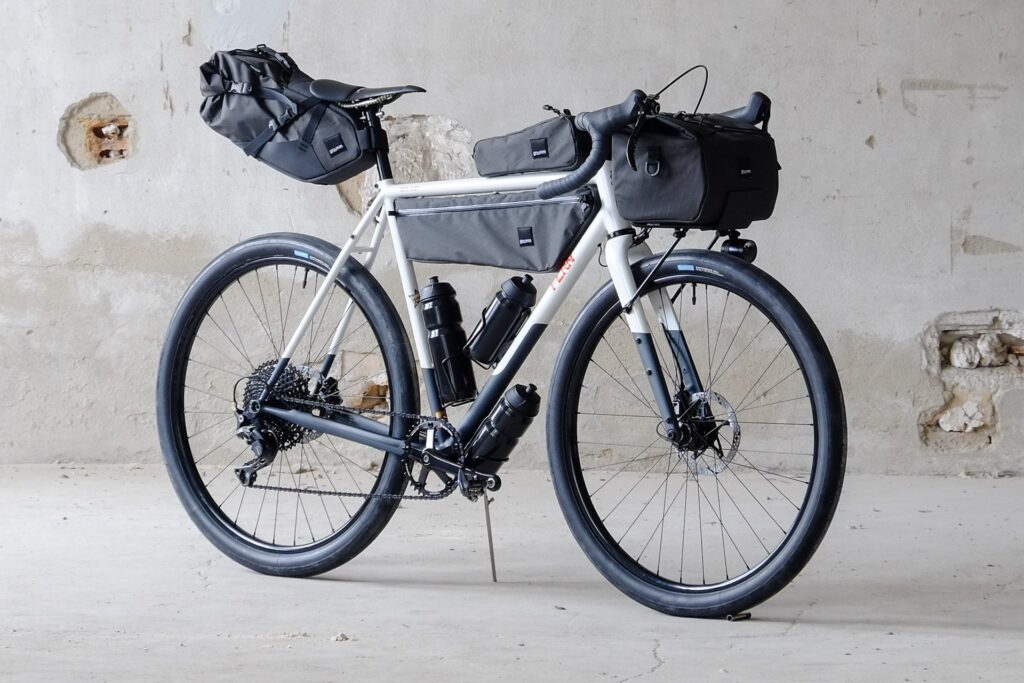
When embarking on a long-distance cycling adventure, having the right accessories can enhance your comfort, safety, and overall experience. Here’s a rundown of essential accessories you should consider for your touring setup:
1. Comfort and Safety Gear
- Helmet: An appropriately fitting head protector is non-negotiable for safety. Look for one with great ventilation and a comfortable fit.
- Gloves: Cycling gloves can help reduce hand fatigue and provide better grip, especially on long rides.
- Cycling Shorts: Padded shorts enhance comfort on longer rides by reducing chafing and providing cushioning.
2. Navigation and Tech
- GPS Device or Smartphone: A reliable GPS unit or smartphone with navigation apps can help you find your way. Consider a bicycle mount for your phone for simple access
- Multi-tool: A good multi-tool includes essential tools for on-the-road repairs, such as screwdrivers, wrenches, and a tire lever.
- Bike Repair Kit: Carry a basic repair kit that includes spare tubes, a pump or CO2 inflator, tire levers, and a patch kit.
3. Lighting and Visibility
- Front and Rear Lights: These are essential for visibility, especially when riding in low-light conditions. Look for rechargeable options with a good battery life.
- Reflective Gear: Consider reflective vests or bands to enhance visibility on the road, particularly during early morning or evening rides.
4. Hydration and Nutrition
- Water Bottles and Cages: Invest in durable water bottles and cages to stay hydrated on your journey. Consider protecting choices to keep water cool.
- Hydration Packs: For longer stretches without easy access to water, a hydration pack can be a convenient alternative.
- Snacks: Stock up on energy bars, nuts, and other portable snacks to keep your energy levels up while riding.
5. Clothing and Weather Gear.
- Rain Coat: A lightweight, packable raincoat can protect you from sudden deluges and keep you comfortable.
- Layered Clothing: Dressing in layers allows you to adjust to changing weather conditions. Choose moisture-wicking fabrics to stay dry.
- Socks: Invest in high-quality cycling socks that provide cushioning and moisture control.
Maintenance Tips of The Best Bicycles for Long Distance Touring
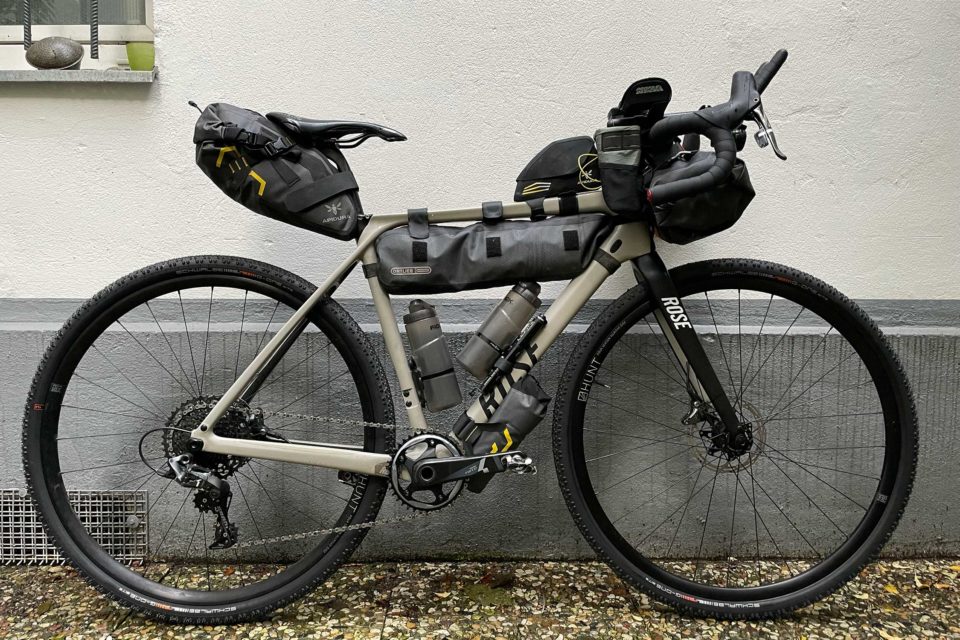
Proper maintenance of your touring bicycle is crucial for ensuring a smooth and safe journey. Regular upkeep helps prevent mechanical issues, prolongs the life of your bike, and enhances your riding experience. Here are essential maintenance tips to keep your bicycle in top shape for long-distance touring:
1. Pre-Tour Checks
Before setting off on your adventure, perform a thorough inspection of your bike:
- Tires: Check tire weight and assess for any signs of wear or damage. Ensure that the tread is adequate and replace tires if necessary.
- Brakes: Test both front and rear brakes. Check brake pads for wear and adjust or replace them if they are worn down.
- Gears: Move through all gears to guarantee smooth transitions. Adjust the derailleur if shifting is sluggish or skips.
- Chain: Assess the chain for wear and clean it if necessary. Grease up the chain to guarantee smooth operation.
- Lubrication: Apply lubricant to the chain every few hundred miles, especially if you’ve ridden in wet or muddy conditions. Be beyond doubt to wipe off the overabundance of grease to avoid drawing in dirt.
- Store Properly: If you won’t be riding for a while, store your bike in a dry, cool place. Consider hanging it up to prevent flat spots on the tires and keep the chain lubricated.
By following these maintenance tips, you’ll ensure that your touring bicycle remains in excellent condition, allowing you to focus on the joy of your long-distance adventures. Happy cycling!
Tips for Planning Your Tour of The Best Bicycles for Long Distance Touring
Planning a long-distance cycling tour requires careful preparation to ensure a smooth and enjoyable experience. Here are a few basic tips to offer to assist you arrange your travel effectively:
1. Define Your Route
- Choose a Destination: Start by selecting a destination that excites you. Consider factors like scenery, terrain, and cultural attractions.
- Map Your Route: Use mapping tools like Google Maps, Ride with GPS, or dedicated cycling apps to plot your course. See for bike-friendly streets and ways, and be careful of activity and street conditions
- Scenic Stops: Identify points of interest along your route, such as parks, landmarks, and local eateries. These breaks can enhance your journey and provide opportunities for rest and exploration.
2. Consider Your Mileage
- Daily Distance: Set a realistic daily mileage goal based on your fitness level and experience. Beginners may start with 30-50 miles a day, while experienced cyclists might aim for 70 miles or more.
- Rest Days: Factor in rest days for recovery, sightseeing, or unexpected delays. This will offer assistance to avoid burnout and permit you to completely appreciate the experience.
3. Accommodations
- Camping vs. Lodging: Decide whether you’ll camp or stay in hotels, hostels, or guesthouses. Camping can be more economical, while lodgings offer comfort and amenities.
- Booking Ahead: If traveling during peak seasons, consider booking accommodations in advance to secure your spots.
- Campsite Research: If camping, research available campsites along your route. Check for amenities like showers, cooking facilities, and water access.
4. Pack Smart
- Gear Selection: Choose lightweight, durable gear suitable for your touring needs. Prioritize essentials like a good sleeping bag, tent, cooking gear, and clothing.
- Pannier Organization: Pack efficiently in your panniers. Use packing cubes or dry bags to keep items organized and waterproofed.
- Essentials List: Create a packing list to ensure you don’t forget crucial items like tools, first-aid supplies, and personal items.
5. Training and Preparation
- Build Endurance: Gradually increase your riding distance and intensity leading up to your tour. Incorporate longer rides into your preparation routine
- Test Your Gear: Take your fully loaded bike on practice rides to test your setup and ensure comfort and functionality.
- Nutrition and Hydration: Experiment with nutrition strategies during training rides to determine what works best for you. Stay hydrated and know how to find water sources along your route.
6. Safety and Navigation
- Emergency Plans: Share your itinerary with friends or family, and have a plan for emergencies. Carry a first-aid pack and know how to utilize it.
- Navigation Devices: Utilize a GPS gadget or smartphone app for navigation.
- Local Regulations: Research local cycling laws and regulations in the areas you’ll be touring to ensure compliance and safety.
7. Be Flexible
- Adapt to Conditions: Climate and street conditions can alter unexpectedly. Stay flexible with your plans and be prepared to adjust your route or daily mileage if needed.
- Enjoy the Journey: Embrace spontaneity. Sometimes the best experiences come from unplanned stops or detours.
By following these tips and planning ahead, you can create an enriching and memorable long-distance touring experience. The open road awaits, so gear up and enjoy the adventure!
Frequently Asked Questions
How do I maintain my touring bike during a long trip?
Perform daily checks on brakes, tires, and gears. Keep your bike clean and lubricated, and be prepared for minor repairs like fixing flat tires. Regularly inspect your bike to ensure everything is functioning properly.
Can I utilize a customary street bicycle for touring?
While you can use a road bike for short tours, it may not be comfortable or practical for long distances due to limited cargo capacity and a more aggressive riding position. Visiting bicycles are outlined particularly for this purpose.
What sort of bicycle is best for long-distance touring?
A touring bike with a durable frame, comfortable geometry, and the ability to carry loads is ideal. Look for features like a relaxed riding position, reliable gearing, and ample mounting options for racks and panniers
Conclusion
Choosing the best bicycle for long-distance touring is essential for a successful and enjoyable adventure. With options like the Surly Long Haul Trucker, Trek 520, and Cannondale Topstone, each bike offers unique features tailored to various riding styles and needs. Consider components such as consolation, toughness, and cargo capacity when making your decision. Ultimately, the perfect touring bike will enhance your journey, allowing you to focus on the joy of exploration. So adapt up, hit the street, and grasp the experience that is standing by you! Happy cycling!
If you need any information on the best gravel bikes please click here.


